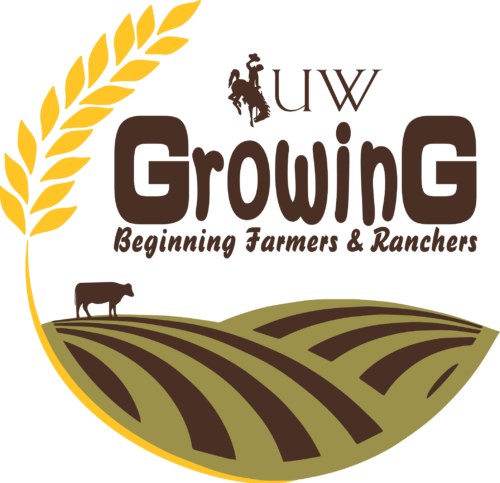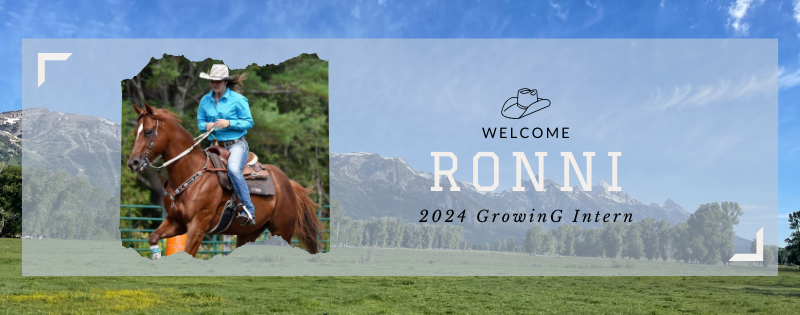Trailin’ and Irrigating
#bfrdpwy #aginternship #RightRisk
This week was focused on trailing cows. We started the cows to their summer pasture and we’re doing it all by horseback. It will take a few weeks to get the girls to their pasture and it has already been full of adventure. I’ve learned how to read a cow and predict which way she wants to go based on her body language. If she is looking a certain way, or has an ear tipped a certain direction, chances are that’s where she will go. I’ve learned more about horsemanship skills and how to maneuver my horse in a way that doesn’t spook the cows, but encourages them to move in the direction I need them to.

I also learned about irrigating corn using gated pipe. After installing the gated pipe a couple weeks ago, Keith and I walked the corn field while he explained how to measure the water flow and the importance of irrigating in this area. Tensleep is dry and does not receive consistent rain, which is why irrigating crops is a need to have a good production. Gated pipe is used as an option to irrigate a field and is used if the land isn’t suitable for a pivot or if funds are not available to purchase one. After installation, the water gate is opened allowing water from the irrigation ditches to flow into the gated pipe. A person then walks along the pipe and taps the gates open about an inch or two. Once the gates are open the water will start flowing down the rows, and you can tell if the gates need to be open more or closed more based on how fast the water gets down the row, and how much water puddles at the end of the row. If the water does not reach the end of the row as fast as the others, then the gate should be tapped open just a little to allow more water to flow through. If the water puddles over the row, then the gate needs to be closed slightly to prevent the water from overflowing into the other rows.
Learning about the ins and outs of gated pipe has brought the question of is it efficient to use vs. a pivot. Pivots are expensive and require a lot of planning and sometimes are not the best fit for certain areas; however, they seem to be more efficient by not requiring constant attention. Gated pipe has to be checked every hour for the first couple hours to make sure the water flow is correct then left for about 24 hours before shutting the water down. Also, wildlife can interfere with the gates causing the flow of the water to be off. Pivots can be controlled and monitored by phone, which my host has shown me. He has an app that he can change the direction the pivot goes, how much water is being used and when they turn on and off from anywhere. I find it interesting to learn the pros and cons of each method.
With the knowledge I have learned this week about cattle movements and irrigation, I hope to practice reading cattle the next couple of weeks while we trail them to the summer pastures. I also want to assist with the irrigation systems and learn more about the farming process as that is a whole new thing for me.
Submitted by: Ronnie Owens
Edits by: GrowinG Internship Team

